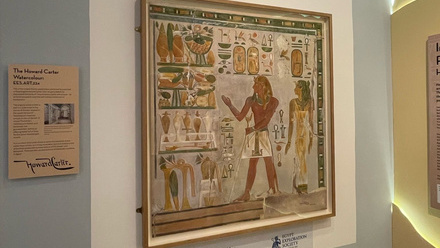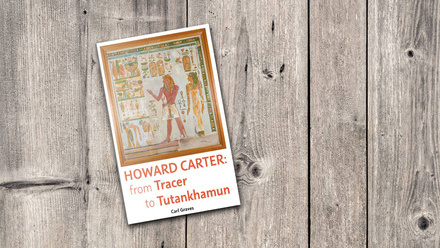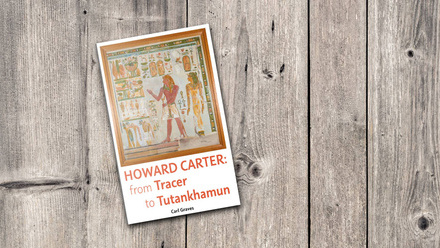Amelia Edwards Blue Plaque unveiled
On Thursday 19 March 2015, a number of us braved the cold to attend the unveiling of a Blue Plaque marking the early home of Amelia Edwards at 19 Wharton Street, London, and honouring her as a journalist, novelist and Egyptologist, whose legacy is enormous, and whose work is just as relevant today as during her lifetime.
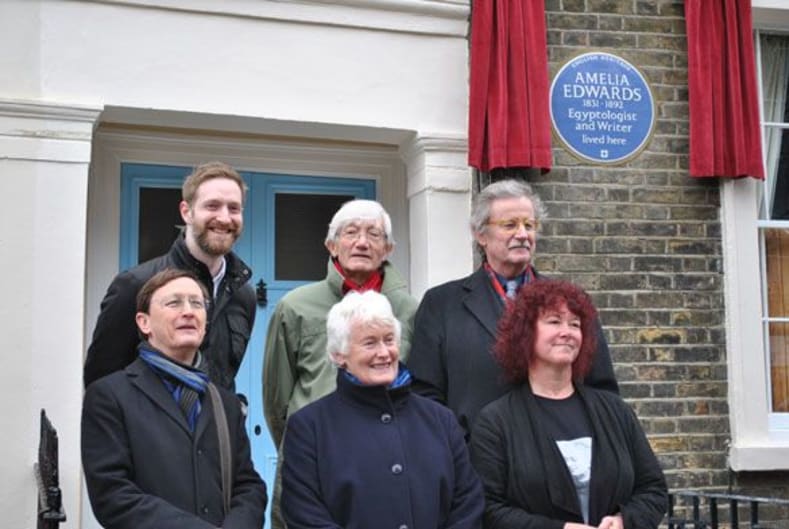 Above: Left to right (back row) Dr Chris Naunton, Prof Geoffrey Martin, Prof Sir Christopher Frayling; (front row) Chris Elliott (proposer of the plaque), Dr Margaret Mountford, Prof Joann Fletcher
Above: Left to right (back row) Dr Chris Naunton, Prof Geoffrey Martin, Prof Sir Christopher Frayling; (front row) Chris Elliott (proposer of the plaque), Dr Margaret Mountford, Prof Joann Fletcher
Professor Sir Christopher Frayling, representing English Heritage, opened the proceedings, and welcomed Amelia into a select band of Egyptologists who have been honoured with blue plaques, including Flinders Petrie, Howard Carter and Thomas Young. It is somewhat ironic that the woman who, as founder of the Egypt Exploration Fund (now Society), gave both Petrie and Carter their first work in Egypt has only now joined this august company.
Professor Geoffrey Martin, Emeritus Edwards Professor of Egyptian Archaeology and Philology at University College London, a post endowed by Amelia, praised her as a truly remarkable woman, and an early and passionate advocate of the preservation of sites, who won over her detractors by her force of character. The foundation of the Edwards Chair put the study of Egyptian, Nubian and Coptic culture on a firm academic footing in the UK for the first time.
Professor Joann Fletcher, Honorary Visiting Professor in the Department of Archaeology at the University of York memorably described Amelia as “the founding mother of British Egyptology” – an independent woman, and champion of women’s rights, whose classic work A thousand miles up the Nile still inspires people today.
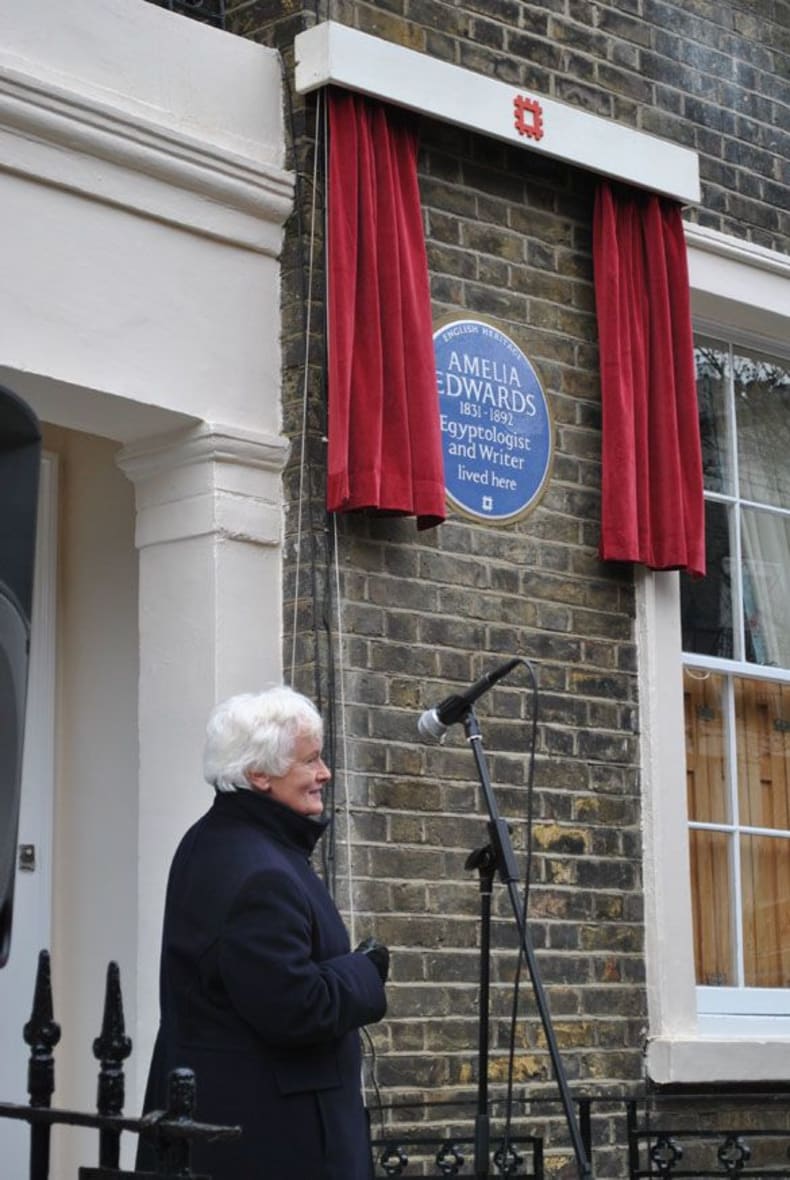 Left: Dr Margaret Mountford unveils the plaque
Left: Dr Margaret Mountford unveils the plaque
Dr Chris Naunton, Director of the Egypt Exploration Society, remarked how, though the world had changed considerably since Amelia’s day, the threat to monuments which she identified is still every bit as urgent, and the Society which she founded still exists, with a remit that has scarcely changed over the past 133 years. Indeed, the model she established of creating agreements between the Egypt Exploration Fund and the Egyptian Antiquities Service for excavation work has stood the test of time.
Dr Margaret Mountford, Trustee of the EES, unveiled the plaque to a talented ‘mover and shaker’, who knew how to garner and retain support for her chosen cause, and to whom papyrologists owe a great debt, since her funding of Grenfell and Hunt’s work in the Delta gave us the Oxyrhynchus Papyri, which are still being translated. I hope that you’ll agree with Margaret’s closing thought that “She gave so much to gain recognition for the Society that it is appropriate that we have this plaque to recognise her.”

